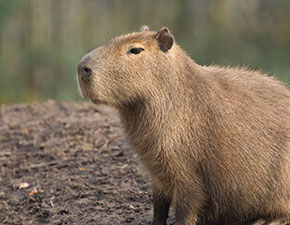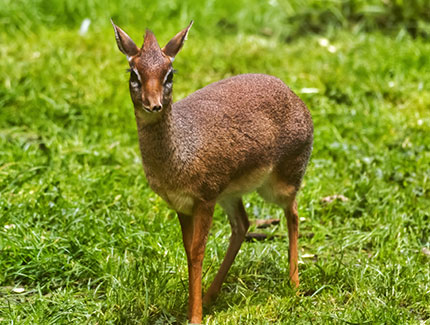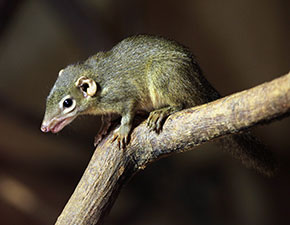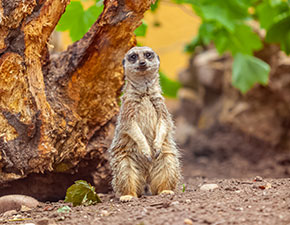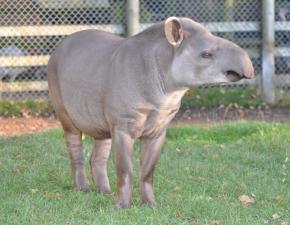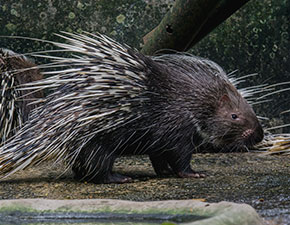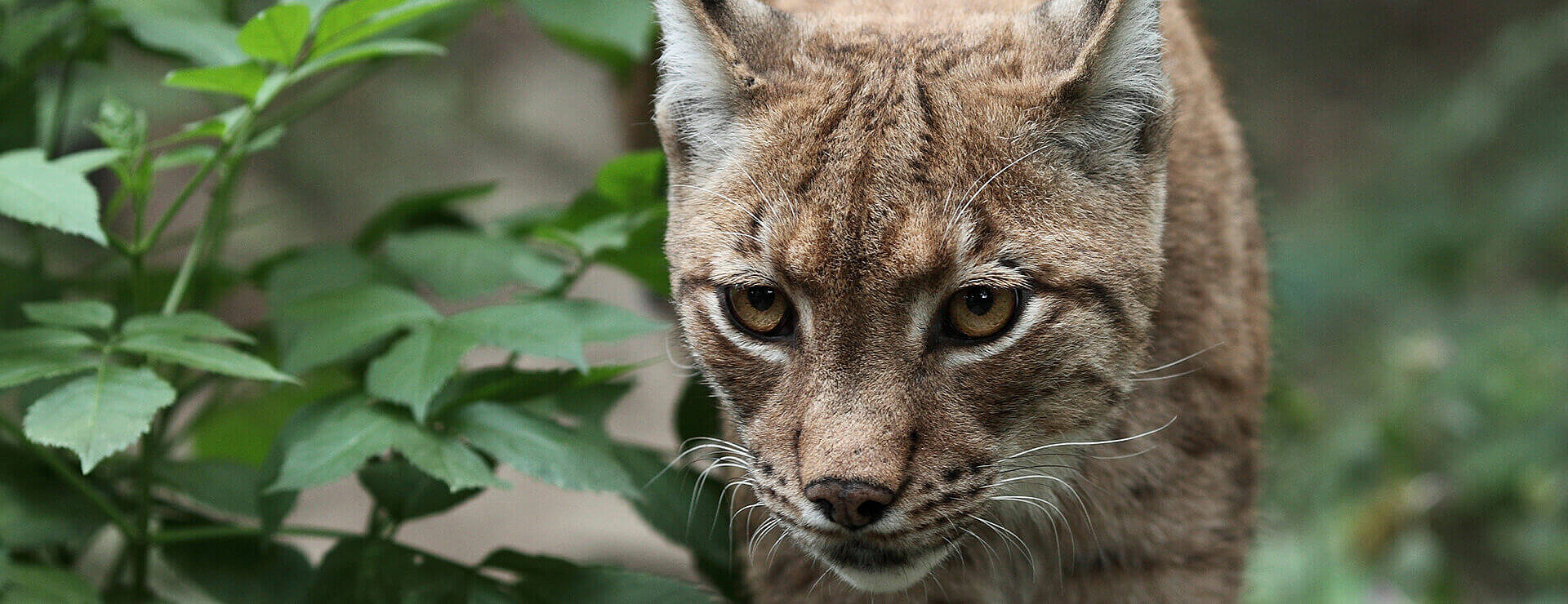
Northern Lynx
Lynx lynx
IUCN red list status:
Least Concern
For more informations, please visit iucnredlist.org

The Northern Lynx lives in Western Europe, Russia and Central Asia.

Their diet consists of small ungulates, hares, rodents and occasionally birds and eggs.

Inhabiting a broad range of environmental and climatic conditions including forests, alpine tundra and mountainous, rocky areas. Males inhabit home ranges, which include one or more female territories.

Females bear 1-5 kittens after a gestation period of 67-74 days. Kittens are born with their eyes closed, they walk after a month, and are fully independent by 10 months. They can live for over 20 years.
Northern Lynx
About the Northern Lynx
The Northern lynx is one of a number of subspecies of Eurasian lynx. The lynx is a highly adapted carnivore, weighing up to 47 kg and measuring up 110 cm in length. This cat has a short, thick tail with a blunt black tip. In the wild, lynx are shy and solitary creatures which do not venture far from the coniferous forests or thick woodland which they prefer.
Lynx are powerful, stealthy hunters and rely on short bursts of speed to catch prey in a surprise attack. If the prey has a chance to run, the lynx will rarely chase it. They are also capable of jumping 2m in the air to strike at birds, which they flush out and catch in mid-air.
Did you know?
The Northern Lynx, also known as the Eurasian Lynx, are the largest of the Lynx species. Their most distinctive features being their pointed ears and large webbed paws, which are covered in thick fur during the winter, providing them with the perfect ‘snow-shoes’.
